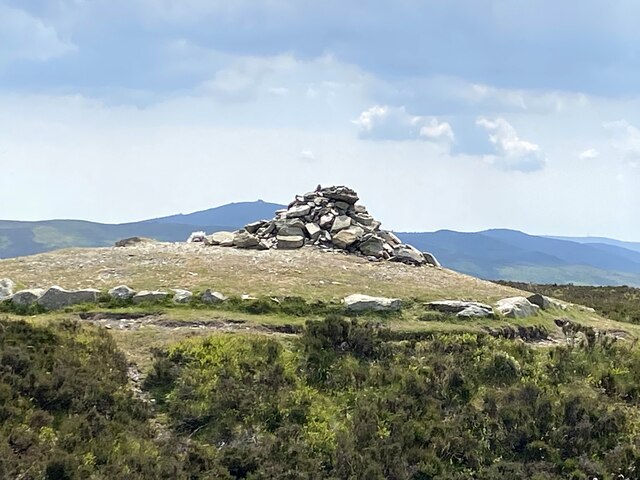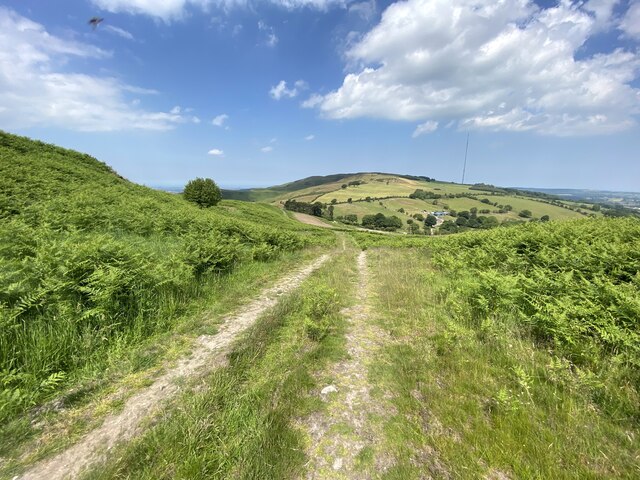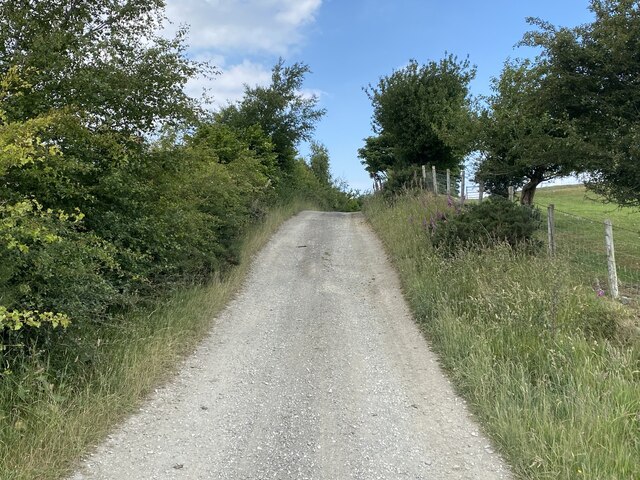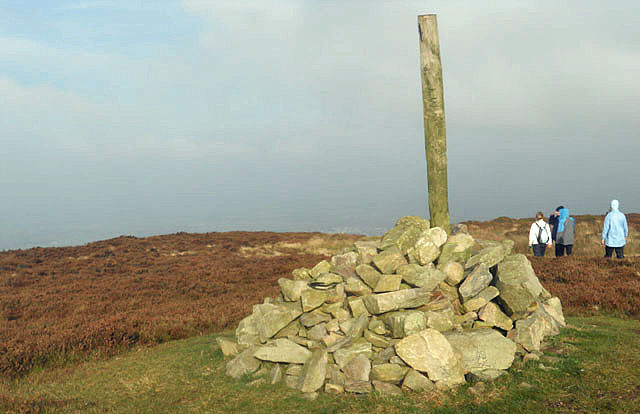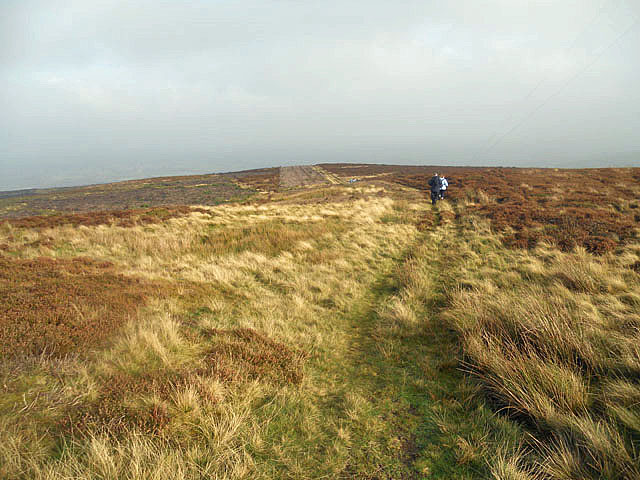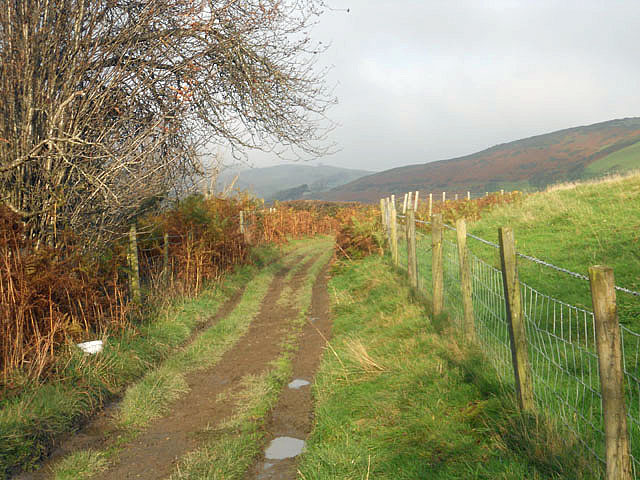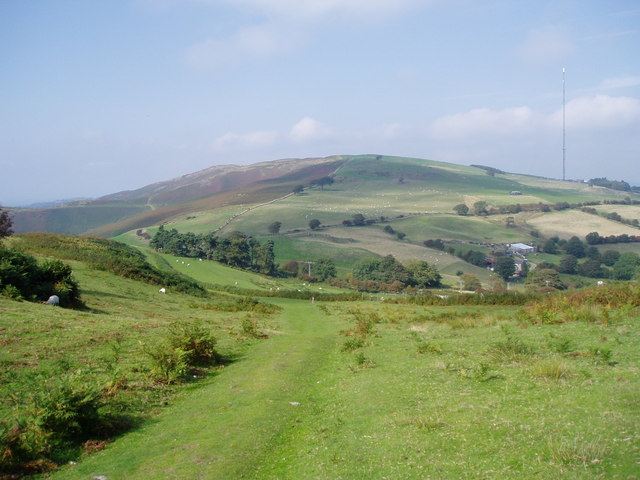Coed Cimwch
Wood, Forest in Flintshire
Wales
Coed Cimwch

The requested URL returned error: 429 Too Many Requests
If you have any feedback on the listing, please let us know in the comments section below.
Coed Cimwch Images
Images are sourced within 2km of 53.210952/-3.3049595 or Grid Reference SJ1269. Thanks to Geograph Open Source API. All images are credited.



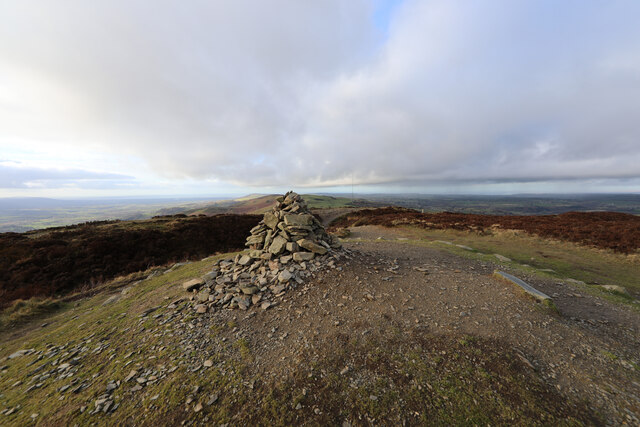
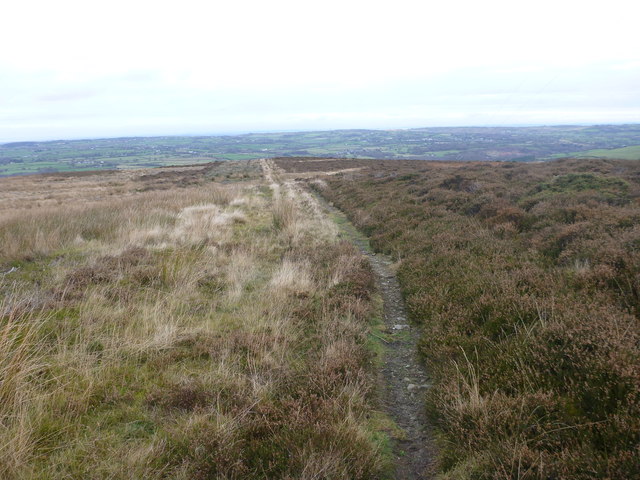
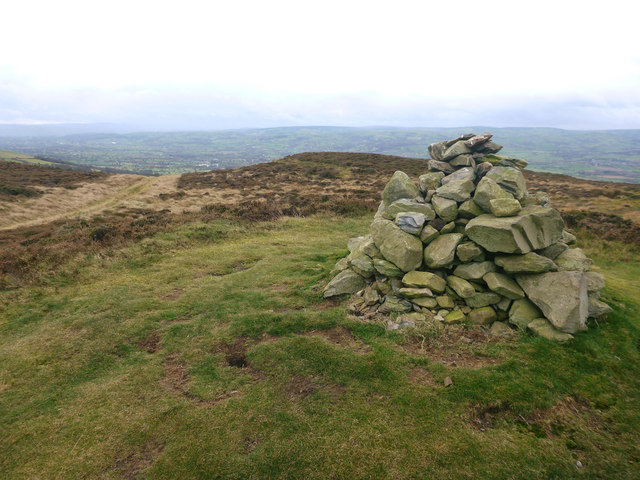
Coed Cimwch is located at Grid Ref: SJ1269 (Lat: 53.210952, Lng: -3.3049595)
Unitary Authority: Flintshire
Police Authority: North Wales
What 3 Words
///pancake.radiating.same. Near Trefnant, Denbighshire
Nearby Locations
Related Wikis
Penycloddiau
Penycloddiau is a hill in Flintshire, Wales, and one of five Marilyns in the Clwydian Range. The hill, like Foel Fenlli and Moel Arthur to the south,...
Moel-y-Parc transmitting station
The Moel-y-Parc transmitting station is situated on Moel y Parc, a hill in north-east Wales at the northern end of the Clwydian range, close to the town...
Moel y Parc
Moel y Parc (sometimes written as Moel-y-Parc) is a hill on the border between Denbighshire and Flintshire in Wales. It is one of the Clwydian Hills, rising...
Aled Rural District
Aled was a rural district in the administrative county of Denbighshire, Wales, from 1935 to 1974. The district was created by a county review order in...
Nearby Amenities
Located within 500m of 53.210952,-3.3049595Have you been to Coed Cimwch?
Leave your review of Coed Cimwch below (or comments, questions and feedback).
